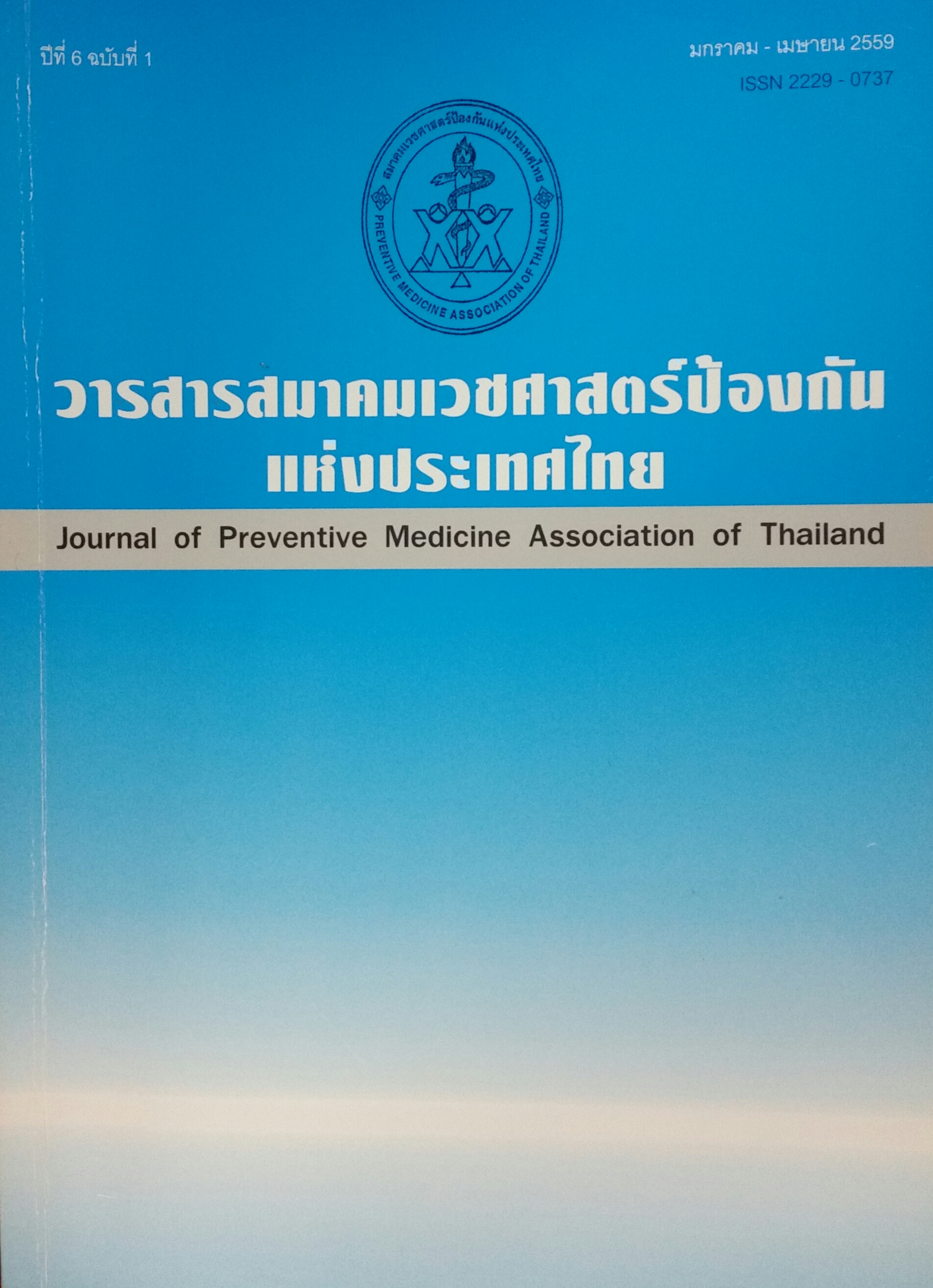Case study : Nursing Care For Patients With Cerebral Artery Aneurysms
Abstract
The result from the case study of the patient who has had Cerebral Artery Aneurysms admitted from March, 6th to April, 1st , 2015. indicates that the patient must be diagnosed quickly and accurately, including monitoring the patient closely. The role of nurses is to assess and monitor neurological status frequently and accurately, to coordinate with the all healthcare teams so that the patient received the best practice to prevent life-threatening situations or cause patient to become disabled. As a nurse, it is significant to report any changes with crisis, abnormal vital signs, any signs of potential for increasing Intracranial ressure. Intake and out put should be monitored to prevent dehydration. Nurses help the patient to recover and regain most of their normal function, so the family members will be able to care for the patient at home after discharge from the hospital.
References
2. Macdonald RL, Stoodley M, Weir B. Intracranial aneurysms. Neurosurgery Quatery 2001; 11(3):181-98.
3. Bhardwaj A, Mirski MA, Ulatowski JA. Handbook of neurocritical care. New Jersey:Humana Press;2004.
4. Urbaniak K, Merchant AI, Amin-Hanjani S, Roitberg B. Cardiac complications after aneurysmal subarachnoid hemorrhage. Surgery Neurological 2007;67:21-9.
5. Friedman JA, Pichelmann MA, Piepgras DG, Mclver JI, Toussaint III LG, McClelland RL, Nichols DA, et al. Pulmonary complications of aneurysmal subarachnoid hemorrhage. Neurosurgery 2003;52(5):1025-32.
6. Dimopoulou I, Kouyialis AT, Tzanella M, Armaganidis A, Thalassinos N, Sakas DE, Tsagarakis S. High incidence of neuroendocrine dysfunction in long-term survivors of
aneurismal subarachnoid hemorrhage. Stroke 2004;35:2884-9.
7. Wartenberg KE, Schmidt JM, Claassen J, Temes RE, Frontera JA, Ostapkovich N, Parra A, et al. Impact ofmedical complications on outcome after subarachnoid hemorrhage. Crit Care Med 2006;34(3):617-23.
8. ก้องเกียรติ กูณฑ์กันทราการ. ประสาทวิทยาทันยุค. กรุงเทพฯ : หน่วยประสาทวิทยาภาควิชาอายุรศาสตร์ คณะแพทย์ศาสตร์ มหาวิทยาลัยธรรมศาสตร์;2553.
9. ปฏิยุทธ ศรีวิลาส, อภิชาต กล้างกลางชน, อเนก สุวรรณบัณฑิต. เรื่องเล่าหลอดเลือดโป่งพอง. วารสารชมรมรังสีเทคนิคและพยาบาลเฉพาะทางรังสีวิทยาหลอดเลือดและรังสีร่วมรักษา 2553:4(2);148-56.
10. วันดี เพชรติ่ง, วัลย์ลดา ฉันท์เรืองวณิชย์ และ อรพรรณ โตสิงห์. การจัดการภาวะแทรกซ้อนในผู้ป่วยเลือดออกใต้เยื่อหุ้มสมองชั้น อะแรกนอยด์ จากโรคหลอดเลือดสมองโป่งพองแตก ระยะวิกฤตได้รับการผ่าตัด. วารสารการพยาบาล 2553:25;(4);34-45.
11. เพ็ญสุข ยุวภูษิตานนท์. การดูแลผู้ป่วยหลอดเลือดสมองโป่งพองแตก. การดูแลผู้ป่วยภาวะวิกฤต เล่ม 1. กรุงเทพมหานคร: โรงพิมพ์ พี.เอ ลิฟวิ่ง จำกัด;2547.
12. สถาบันประสาทวิทยาร่วมกับ 17 สถาบันวิชาการ. แนวทางการพยาบาลผู้ป่วยโรคหลอดเลือดสมอง สำหรับพยาบาลทั่วไป. กรุงเทพฯ: กรมการแพทย์กระทรวงสาธารณสุข;2554.
13. ทัศนีย์ ตันติฤทธิ์ศักดิ์. แนวทางการรักษาโรคหลอดเลือดสมองตีบหรืออุดตันสำหรับแพทย์. กรุงเทพฯ: หจก. จีซัคเซสพริ้นติ้ง;2555.
14. American Heart Association Statistics Committee and Stroke Statistics Subcommittee. Heart disease and stroke statistics--2010 update: a report from the American Heart Association. Circulation 2010:Feb 23;121(7):e46-e215.
15. โรงพยาบาลพระนครศรีอยุธยา. รายงานประจำปี 2557. พระนครศรีอยุธยา: โรงพยาบาลพระนครศรีอยุธยา; 2558.
Downloads
Published
How to Cite
Issue
Section
License
บทความที่ลงพิมพ์ในวารสารเวชศาสตร์ป้องกันแห่งประเทศไทย ถือเป็นผลงานวิชาการ งานวิจัย วิเคราะห์ วิจารณ์ เป็นความเห็นส่วนตัวของผู้นิพนธ์ กองบรรณาธิการไม่จำเป็นต้องเห็นด้วยเสมอไปและผู้นิพนธ์จะต้องรับผิดชอบต่อบทความของตนเอง






